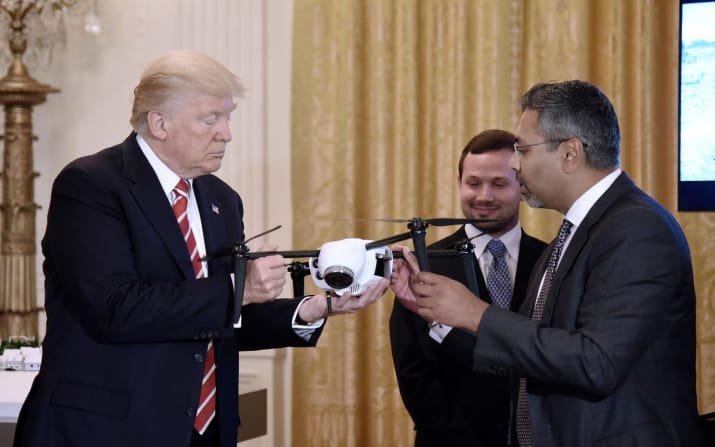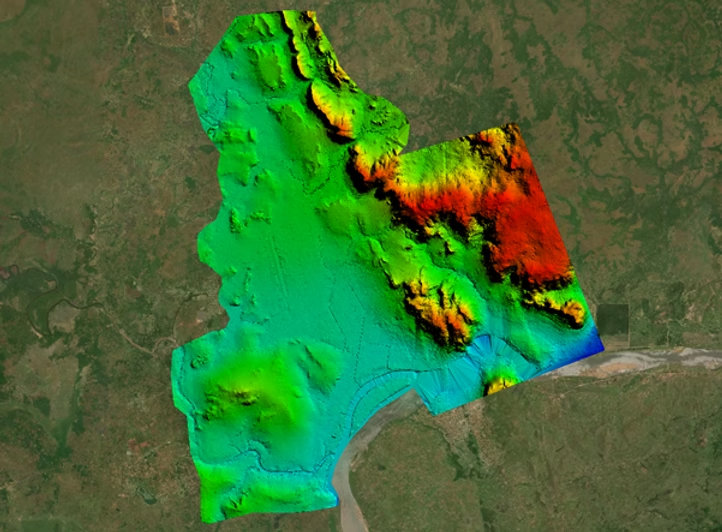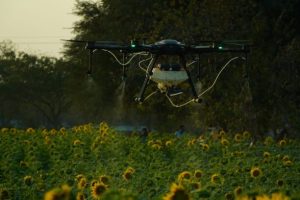Commercial Drone Alliance Calls for Prompt BVLOS Rule-Making
The Commercial Drone Alliance (CDA) has formally urged the Trump administration to accelerate initiatives aimed at deregulating commercial drones, specifically emphasizing Beyond Visual Line of Sight (BVLOS) operations. The goal of this push is to enhance the integration of commercial drones, strengthen domestic manufacturers, and improve national security.
In a letter directed to Russell Vought, the Director of the Office of Management and Budget, the CDA pointed out the vital importance of the Federal Aviation Administration’s (FAA) proposed BVLOS regulation. This regulation represents a significant foundation for establishing the regulatory clarity necessary to advance the commercial drone industry.
According to Lisa Ellman, Executive Director of the CDA, “Now is the time for President Trump to extend the accomplishments of his first term by removing the bureaucratic barriers that hinder the advancement of drone technology in America. The BVLOS regulation will foster growth by allowing drones to operate within an appropriate regulatory framework, moving away from the reliance on exemptions and waivers that apply to older aircraft regulations.”
This advocacy is in line with Executive Order 14192, titled ‘Unleashing Prosperity Through Deregulation,’ which seeks to alleviate administrative burdens and stimulate economic growth. It mirrors the administration’s commitment to diminish unnecessary federal regulations. The proposed BVLOS regulation is anticipated to lower obstacles, facilitating large-scale drone operations that are expected to deliver significant economic advantages and improve national security.
From the letter:
“In response to industry recommendations, the FAA prepared a BVLOS regulation that is designed to safely allow the American drone sector to flourish while improving transparency within the airspace. Congress, with bipartisan backing, mandated the release of this draft regulation by September 20243, yet the former administration failed to fulfill Congress’s directive. This delay undermines U.S. competitiveness, with the industry stymied by complex bureaucratic processes that restrict safety-enhancing technologies. Both the House Committee on Transportation and Infrastructure and the Government Accountability Office have expressed concern over the FAA’s slow progress in refining drone regulations, indicating a continued absence of a comprehensive strategy to assimilate drones into the National Airspace System, more than ten years after Congress tasked the FAA with this responsibility.”
Historical analysis reveals that the development of relevant policies often lags behind technological advancements, resulting in a regulatory framework that can inhibit global competitiveness. The UAS Integration Pilot Program, launched during President Trump’s initial term, initiated notable progress in incorporating drone technologies into the national airspace; however, achieving a completely integrated regulatory framework for drones remains a work in progress.
The Commercial Drone Alliance has taken a leading role in interacting with various government entities to draft policies that are conducive to the growth of the drone industry. Their initiatives are dedicated to ensuring that the commercial use of drones is both economically viable and secure.
To discover more about the goals and programs of the Commercial Drone Alliance, you can visit their website Commercial Drone Alliance.
The CDA’s correspondence emphasizes the urgency of implementing the BVLOS regulation and the broader consequences such a decision could have on American industry and national security. The drone sector has been anticipating progress for an extended period—it is time for decisive action.
To stay informed on the latest in drone news, subscribe to our newsletter.
Related Articles:
- FAA’s BVLOS Draft Rule at a Critical Crossroads: Update
- U.S. Lawmakers Push FAA for Timely BVLOS Rule Implementation
- Censys Technologies Introduces Sentaero 6: Advancing Over-the-Horizon BVLOS Operations
At the end of the day, the CDA’s letter highlights the pressing need for adoption of the BVLOS regulation and its potential impact on the American industrial landscape and our national security. The drone industry’s call for action has resonated through the years; the time for progress has arrived.













